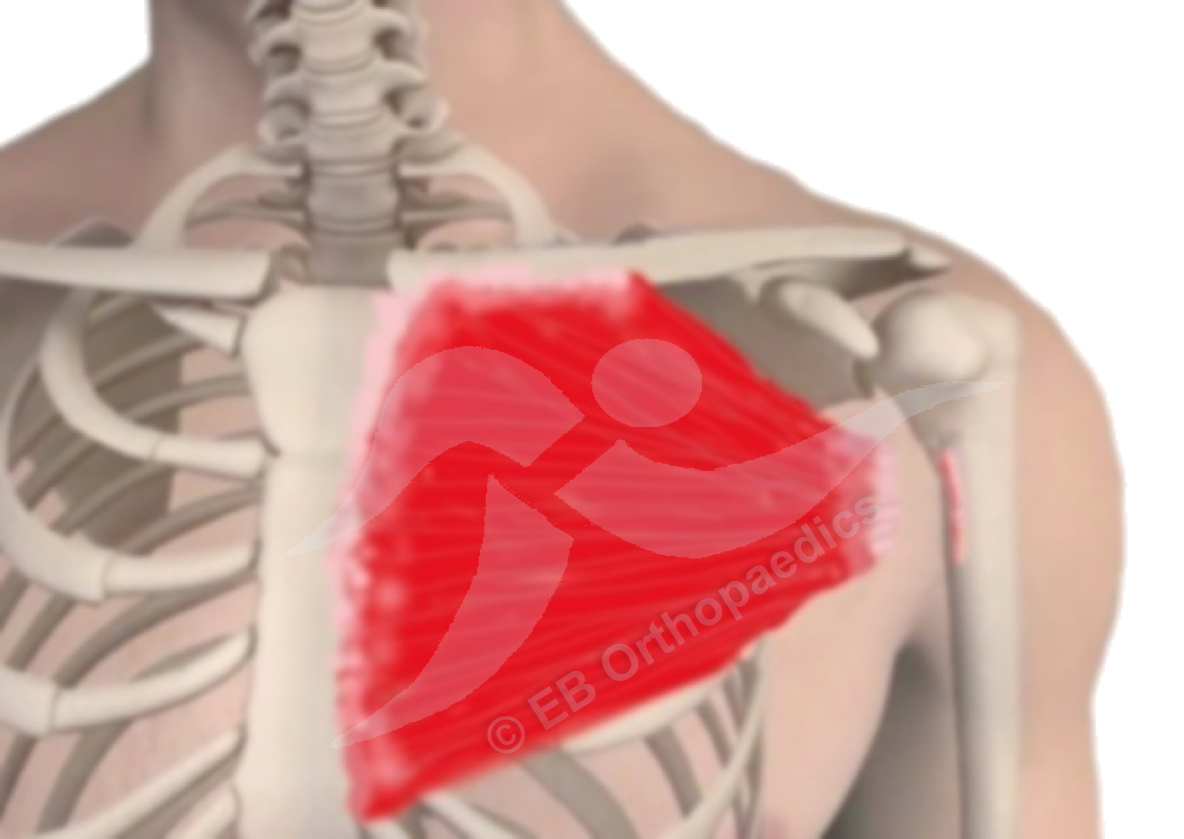Pectoralis major ruptures

The pectoralis major (“pec”) muscle is a fan shaped muscle at the front of the shoulder and chest. It has various attachments to the skeleton, running from the sternum (breast bone), ribs, and clavicle (collar bone) and attaches to the humerus (upper arm bone). It acts to bring the arm forwards, being particularly active during a bench press or press-up. While it can tear off the bone “a rupture” at any one of its attachments the vast majority (>95%) are torn from the attachment on the humerus.
While some people will not notice a significant weakness or change in shape of their chest, it will be more pronounced in others.
The tear occurs when the force being put through the muscle exceeds the strength of the attachment to the bone, or the muscle fibres themselves, leading to it tearing. While it can happen in anyone, it is most common in the young male gym goer.
There is typically sudden onset of pain with a tearing sensation at the time of the injury. Usually this occurs during a bench press, but other activities can lead to it. Bruising usually follows a few days later and a change in the contour of the front of the shoulder (anterior axillary fold) is frequently noticeable. There is also weakness in some of the shoulder movements..
For some people, initial rest, avoiding activities which cause pain, and simple painkillers are sufficient to allow the pain to settle. If there is a prominent deformity around the shoulder and chest then this is unlikely to change. Physiotherapy will help in the recovery of the shoulder function and to prevent stiffness.
In those patients who want to regain full power in their shoulder and are troubled by the cosmetic deformity, or those who have ongoing problems despite non-surgical treatment, surgery to reattach the tendon to the bone is performed if indeed this is the point where the muscle has torn.
After surgery you will be in a sling for 6 weeks but will be able to take your arm out to perform the physiotherapy exercises advised.
You will usually be able to get back to work at a couple of weeks and do light two-handed activities at 3 weeks from surgery. Strengthening work will not commence until 3 months from surgery.
People usually regain full strength and function after a period of rehabilitation.